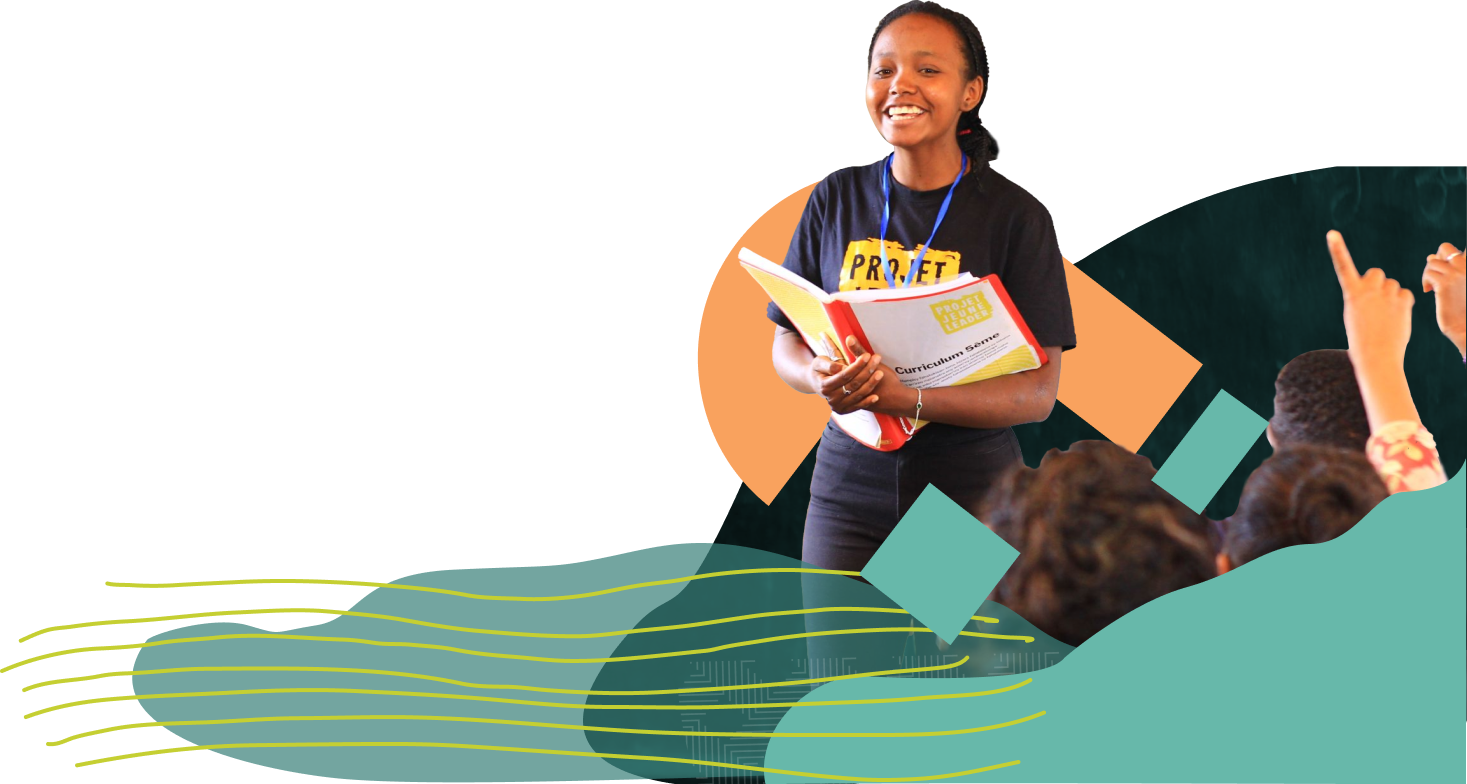User-Led Neighborhood Upgrading through Social Capital Credits

“Human development is about much more than the rise or fall of national incomes. It is about creating an environment in which people can develop their full potential and lead productive, creative lives in accord with their needs and interests. People are the real wealth of nations. Development is thus about expanding the choices peoplehave to lead lives that they value.”
-Human Development Report, United Nations Development Program
The purpose of urban development should be to enable people to live happier and more dignified lives in cities. However, 30% of the world’s urbanites live in slums or slumlike conditions, including nearly 100 million in India, due to the the large rural-urban migrations under way, inadequate infrastructure, lack of sufficient housing, and governments’ ability to deal with these issues. In this scenario, the most potent strategy can be to empower users to improve their own neighborhoods.
URBZ started to help people take charge of improving their own neighborhoods. The work was started in 2008 in Dharavi, an informal settlement of approximately 700,000 people in Mumbai made famous by the movie “Slum Dog Millionaire.” According to Matias Echanove, who co-founded URBZ along with Rahul Srivastava and the author of this article, calling Dharavi a slum ignores its complexity and dynamism. Dharavi is the ultimate user-generated city built by the collective intelligence of its 700,000 residents who live in 80 distinct nagars (neighborhoods) that constitute Dharavi. No architect, planner, government or data can take any credit for it.
“Dharavi, Mumbai”
It has been incrementally developed and crowdsourced by generations of residents who have upgraded their shelters and businesses according to needs and means. Most homes are “tool houses” and double as workspaces. Dharavi’s poverty is not due to lack of hard work, entrepreneurship, optimism or social capital; rather, it is due to the lack of adequate infrastructure and social services provided by the government to the more well-off segments of Mumbai’s society, but withheld from Dharavi. Perched on a flood-prone landfill site, the residents of Dharavi make the most of the challenging situation in which they find themselves. Three-quarters of Mumbai’s recycling takes place here.
Small workshops turn out leather and embroidery goods, medical supplies, and other products to clients in Mumbai and to places as far away as New York or Paris, contributing nearly a billion dollars per year to Mumbai’s economy. All children attend school, with the ambition of going on to universities or acquiring professional degrees.
Notwithstanding this seeming normalcy, the fear of eviction hangs like an everpresent shadow for the residents of Dharavi, as most are deemed by the authorities to be illegal occupants of this public land in the heart of Mumbai, which the government is now very keen to redevelop for higher-income housing and offices.
URBZ launched dharavi.org, the first-ever website developed with and for the people of Dharavi, which has changed the perception of Dharavi from that of a place of despair to a place of vibrant hope. In its first year, it had 100,000 visits, 250 registered users, and hundreds of comments by residents, visitors and researchers. URBZ’s philosophy of experimental urban research and activism has resulted in work such as the household water survey, conducted with the children of Dharavi photographing and documenting water use in their own homes. Such work has provided empirical evidence that self-upgrading settlements such as Dharavi are socially and economically superior to any top-down redevelopment schemes that a government or developer can come up with. If given secure tenure and basic infrastructure, places like Dharavi can develop themselves, by crowdsourcing home improvements and neighborhood management through their strong community networks. This was accomplished successfully in Tokyo after WWII, when government simply provided infrastructure, and former slum-like areas blossomed into healthy and strong neighborhoods. Through workshops such as Urban Typhoon, Mashup and Dukan (shop upgrading), URBZ has helped the residents of Dharavi re-envision their neighborhood. URBZ has also organized participatory planning and design workshops with residents facing similar issues in other cities in India, Tokyo, Istanbul and Sao Paulo. Architects, planners, artists and students from around the world come to these workshops, to work alongside local builders and residents. The best role an expert can play in Dharavi is that of a facilitator. The HandStorm workshop, conducted in Shivaji Nagar earlier this year, challenged participants to not just brainstorm, but to engage in creative, manual involvement with the local people, who are most familiar with the problems and issues facing their areas, in order to build quick and easy urban improvements.
“A community revitalized by URBZ”
SoCCs, or Social Capital Credits, is another concept that seeks to bring transformative change in the lives of people by incentivizing them to improve their own neighborhoods, while also nurturing the social capital of communities, developing local leadership and pride. Local SoCC Managers work with communities to develop SoCC earning and SoCC spending menus. In communities where governments are unable or unwilling to provide these services, SoCCs can be earned for socially beneficial tasks such as waste management, paving or maintaining streets, improving neighborhood safety, getting children vaccinated, tutoring, etc. Earned SoCCs can then be redeemed for products and services such as telephone talk time, skills-building courses, home improvements, health care and school scholarships. SoCCs are particularly relevant for unemployed youth and for senior citizens, who have much to contribute, but who are hampered when money is the only medium of exchange. SoCCs can also make the work women do for their communities visible and rewarded. Just as carbon credits encourage and reward environmental responsibility using market mechanisms, SoCCs encourages social responsibility using market mechanisms and helps price community values into the economy at a premium, over the values of individual greed on which so many of our current economic systems are based.

